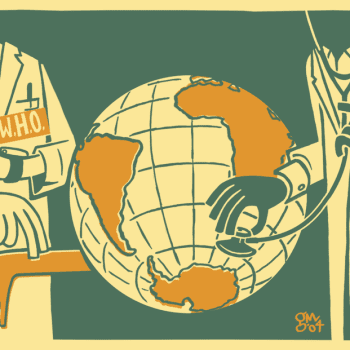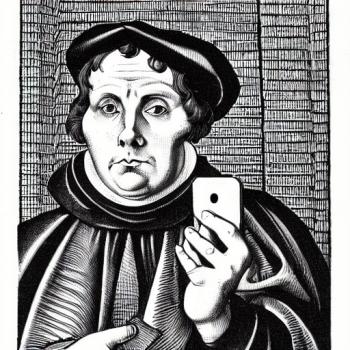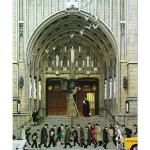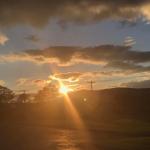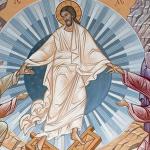Mollie Z. Hemingway, reporting on the Democratic convention’s interfaith service, usefully sums up the liturgy, structure, and meaning of interfaith services:
Interfaith worship services usually follow a Judeo-Christian liturgy but with the insertion of other Scriptures and clergy. So instead of a procession of clergy behind, say, a crucifix, the clergy were led by four Native Americans beating drums.
Rather than a reading from the Old Testament, the Psalms, the New Testament, and a Gospel — as you would hear in a liturgical Christian service — there were readings from the Torah, the Sutra Nipata, the Koran, and more from the Old Testament. No New Testament. It is unsurprising that no reading contained a claim of exclusivity or, for that matter, any claim that adherents of a different religion would disagree with. Rather than using proper names to refer to prophets or deities, clergy tend to overload on pronouns and non-descript names. “Lord,” rather than “Jesus.” “The God of Leviticus” becomes “Holy One of Blessing.”







